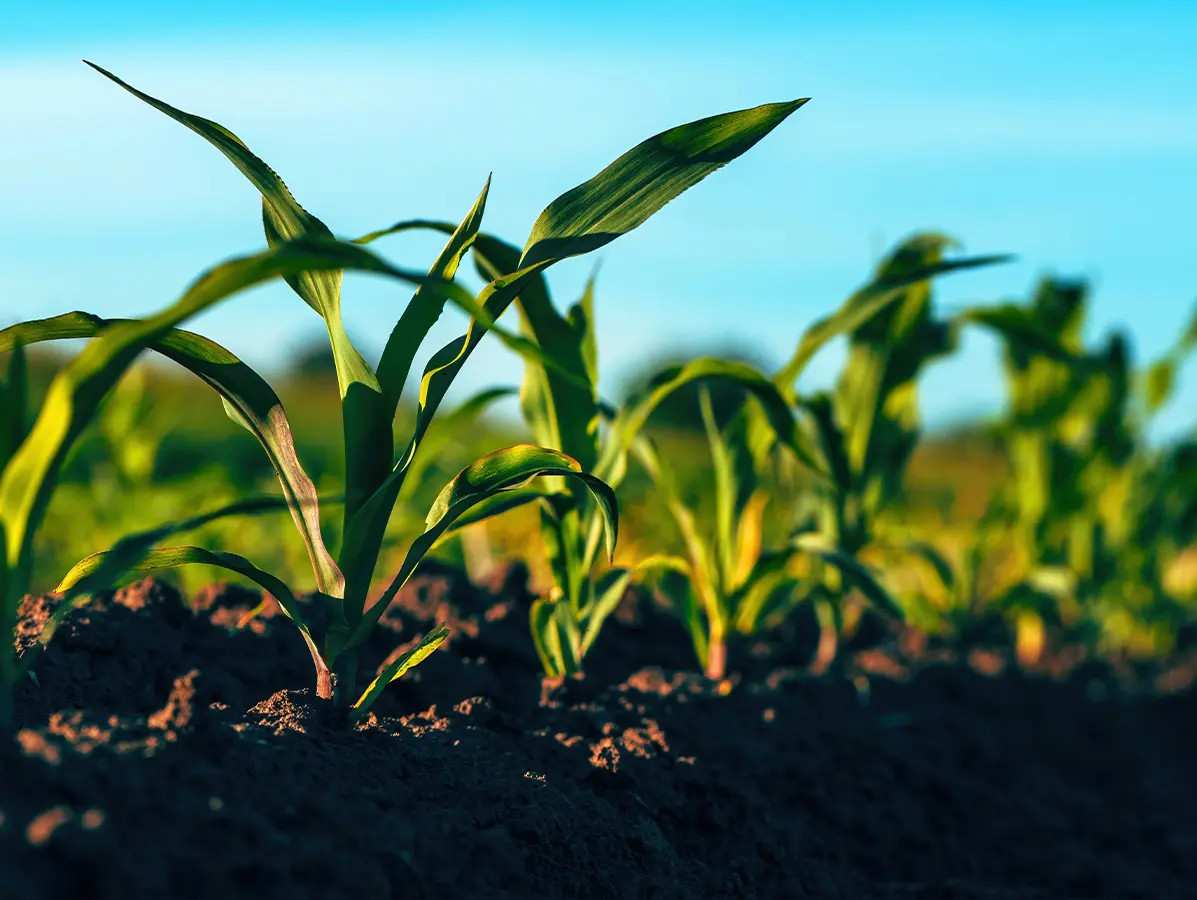
The On the way to PlanetProof label has published its first impact reports on the performance of certified producers in both the plant-based and dairy sectors. The reports provide insight into where both sectors stand on the path to 2030 and serve as a reference point for future measurements.
In covered crops, the average greenhouse gas emission is 57 kg CO₂ equivalent per square metre. The target for 2030 is a 45% reduction, equivalent to 31 kg per square metre. Currently, 13% of the energy used comes from renewable sources. In the dairy sector, the average emission is 902 grams CO₂ equivalent per kilogram of marketable milk, with a target of 675 grams by 2030.
The use of active substances in crop protection averages 5.9 kg per hectare per year, with a target of 2.9 kg by 2030. The average number of high-risk substance applications is 8.8 per crop cycle, which should be reduced to 4.4. In dairy farming, attention is focused on protein from home-grown feed, currently accounting for 61.4% of the ration, with a target of 65%. The average nitrogen surplus in soil is 104 kg per hectare, with a target of 100 kg. Ammonia emissions currently stand at 51 kg per hectare, with a goal of 38 kg.
In plant-based production, 24% of irrigation water comes from sustainable sources. In addition, 33% of growers using substrate cultivation have not discharged drainage water containing fertilisers. The organic matter balance averages 1,787 kg per hectare, well above the minimum requirement. In the dairy sector, 75% of the land area consists of permanent grassland, and 9.9% is herb-rich grassland. The average lifespan of dairy cattle is 6 years and 6 months, with an interim target of 7 years.
These reports form the basis for further progress towards sustainability. The next revision of the certification criteria is scheduled for 2026.
View the full reports:
‘Impact On the way to Planetproof Milk’
‘Impact On the way to Planetproof Plantbased Products’
Source: SMK